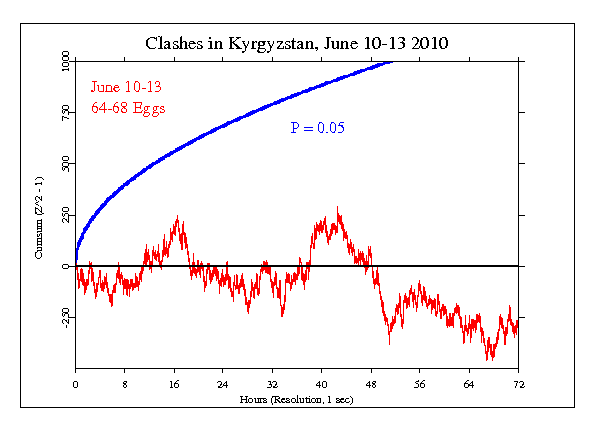|
From New York Times
In June 2010, four days of ethnic rioting erupted in the
southern city of Osh, putting the country in serious danger
of fragmenting. Accounts from witnesses lent powerful
credence to suspicions that the violence was organized,
pointing to pro-Bakiyev rogue elements of the Kyrgyz
government and military.
Hostilities began late last week (Thursday, 10th June) and have led to one of
Central Asia's worst humanitarian crises in recent
decades as marauding bands of Kyrgyz singled out Uzbek
neighborhoods. The death toll is in the hundreds, and as
many as 100,000 Uzbeks have fled their homes and are in
makeshift camps on the border area between Kyrgyzstan and
Uzbekistan.
From English.news.cn
BISHKEK, June 21 (Xinhua) -- The death toll in clashes in
southern Kyrgyzstan has reached 208, with 2,101 others
injured, the country's Health Ministry said on Monday.
Earlier, the Kyrgyzstan interim government has decided to
extend a state of emergency in the southern city of Osh and
other areas to June 25.
"The interim government of Kyrgyzstan extends the state of
emergency in the city of Osh, in Uzgen, in Kara-Suu and in
the Aravan district of the Osh region until June 25
inclusively," said an official statement.
The state of emergency imposed after ethnic clashes was due
to expire on Sunday.
A Xinhua reporter in Osh said that stability and calm began
to return to southern Kyrgyzstan, and the border areas
between Kyrgyzstan and Uzbekistan.

It is important to keep in mind that we have only a tiny
statistical
effect, so that it is always hard to distinguish signal from
noise. This means that every "success" might be largely
driven by chance, and every "null" might include a real
signal overwhelmed by noise. In the long run, a real effect
can
be identified only by patiently accumulating replications of
similar analyses.
|